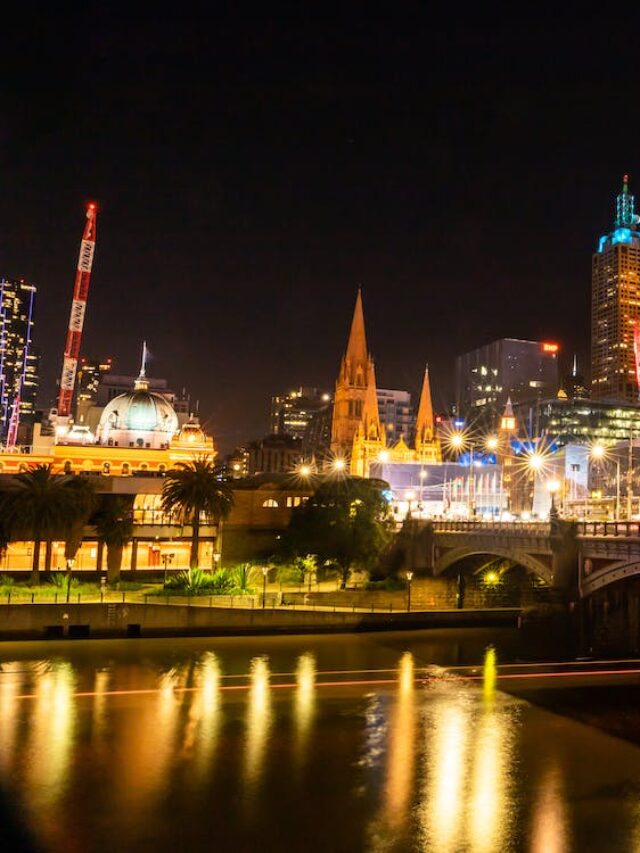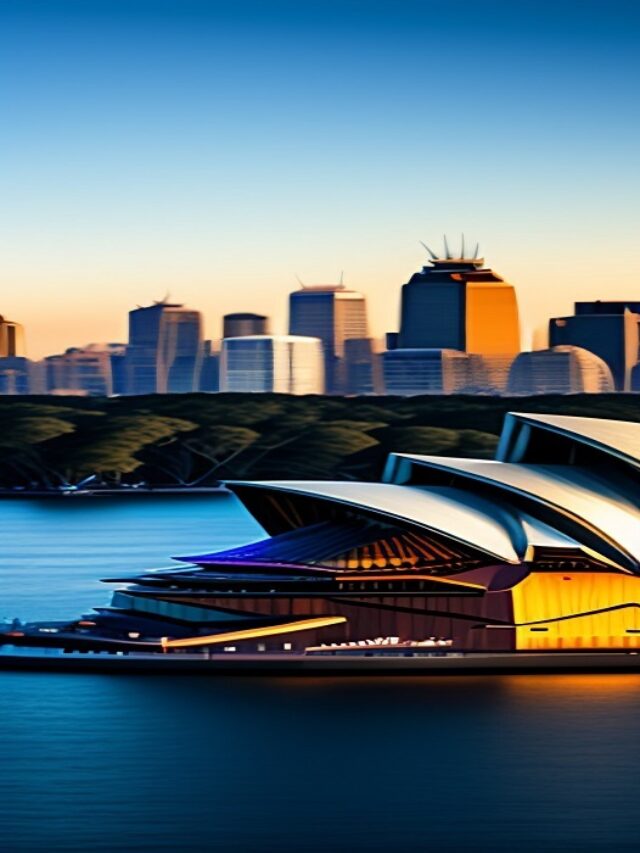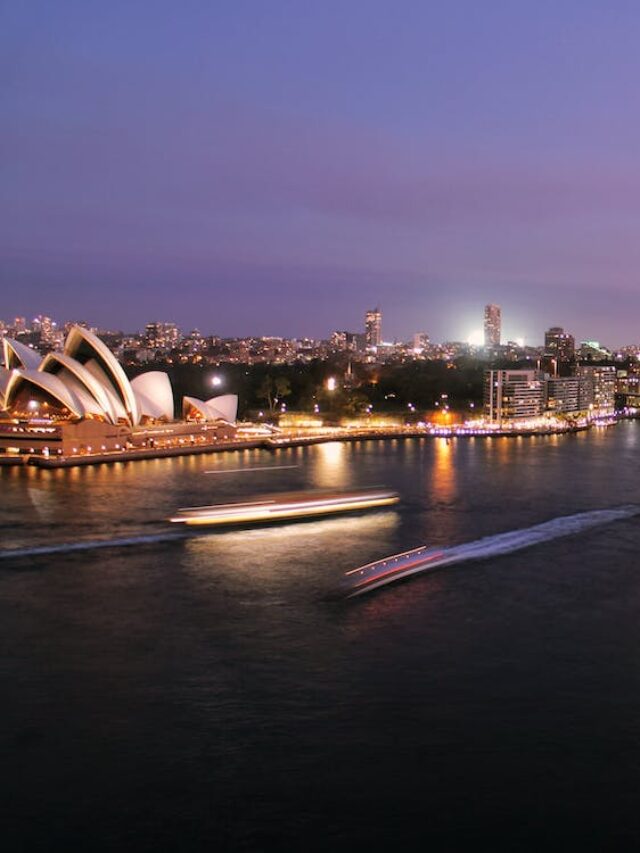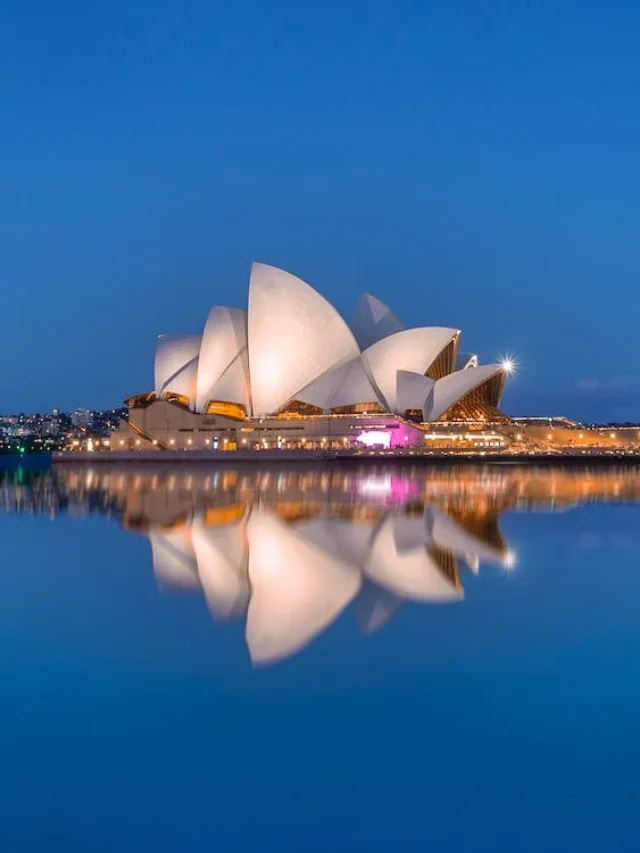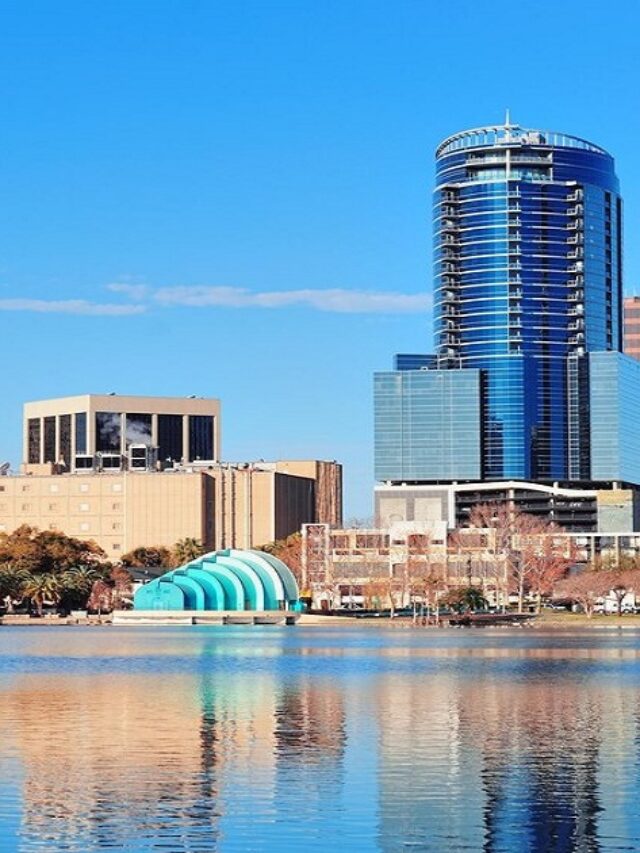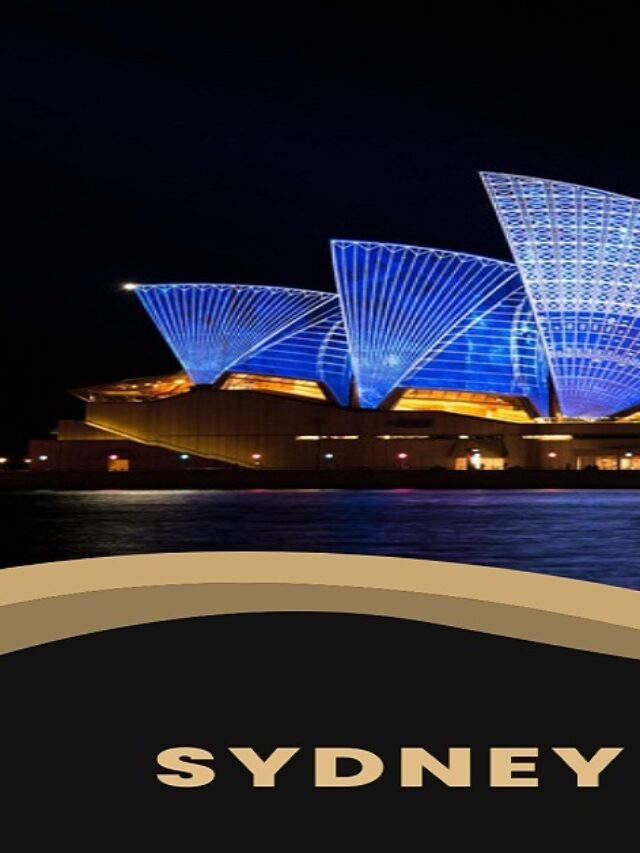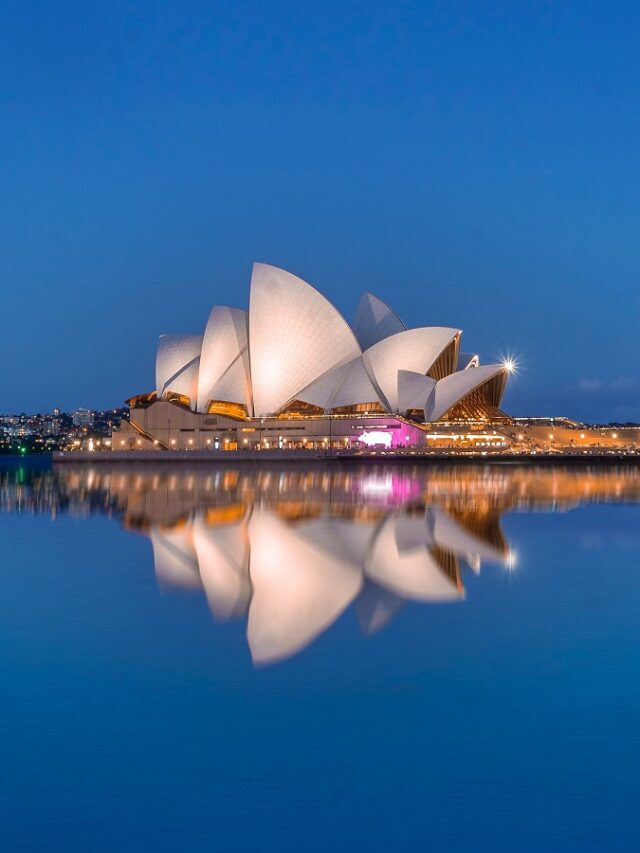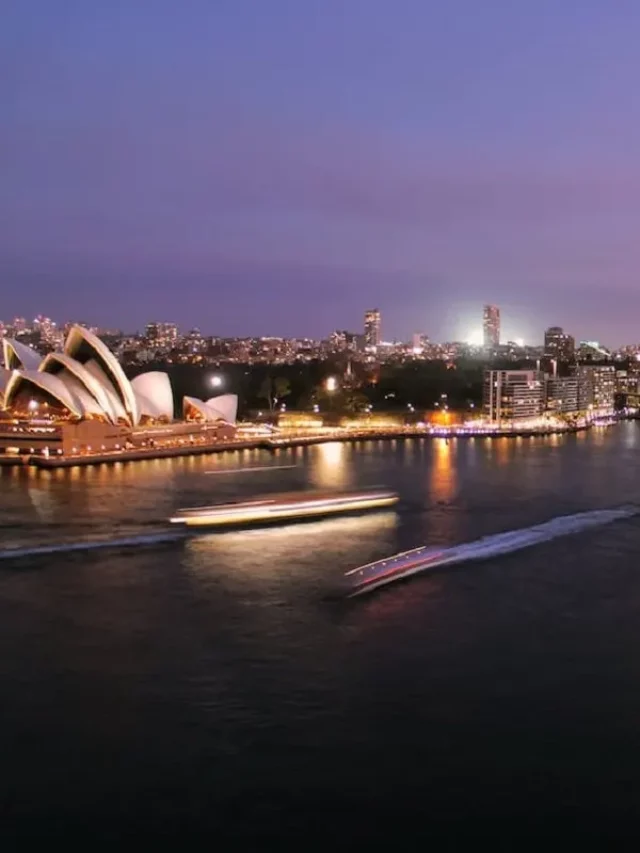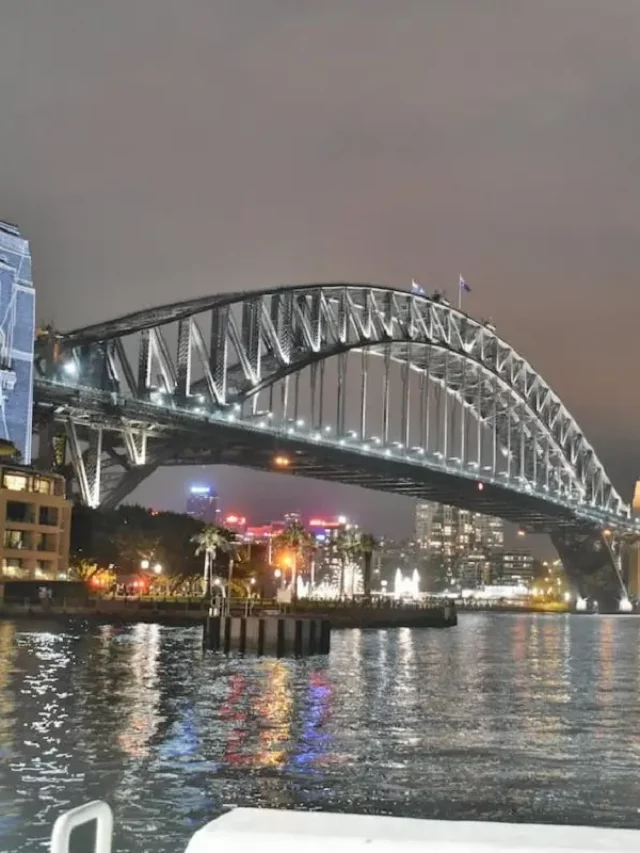The States of Australia
Introduction Smallest Australian state
1. Introduction Geographic Overview
2. The States of Australia
1- New South Wales
2- Victoria
3- Queensland
4- South Australia
5- Tasmania
6- Western Australia
3. The Territories of Australia
1- The Australian Capital Territory
2- The Northern Territory
3- External Territories
4. Australia’s Claim in Antarctica
5. The Capital of Australia
6. The Australian Constitution and Admissions
7. The Historical Significance of Australian Territories
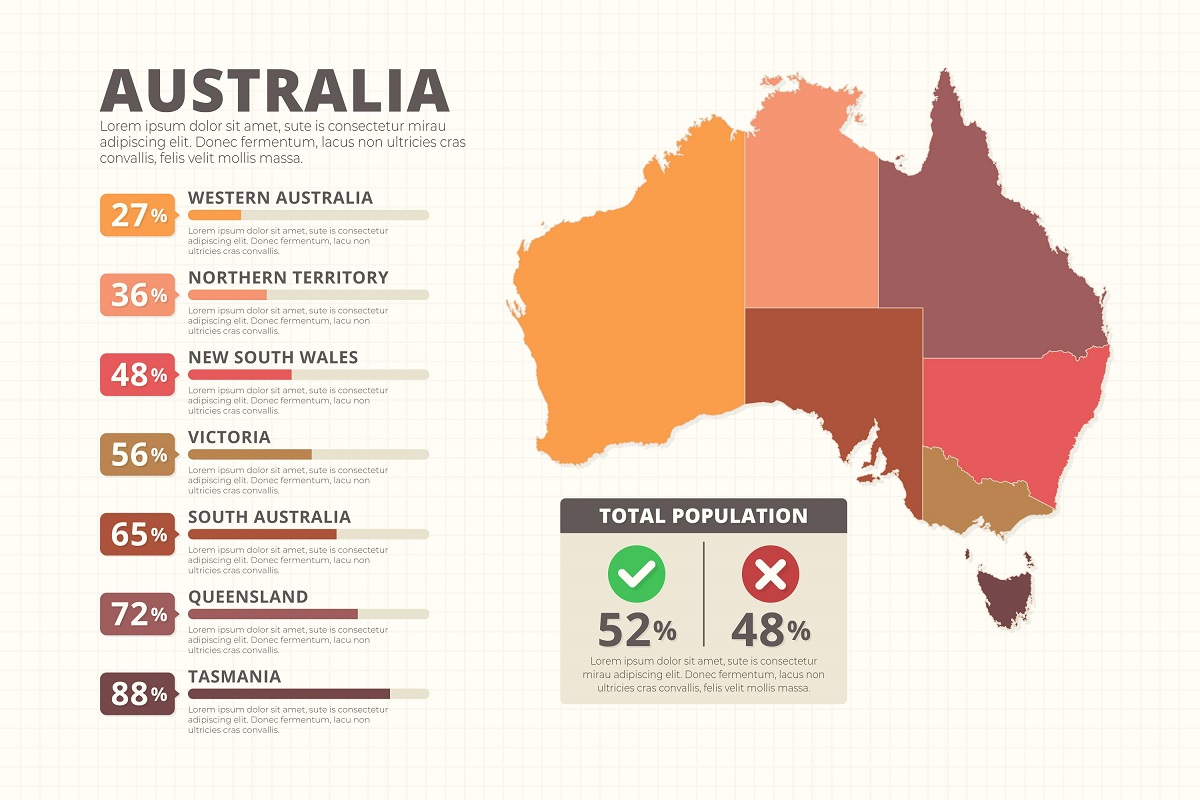
Australia A Land of States Territories and Claims
Australia the world’s smallest continent and largest island is a land of vast beauty and diversity. Its unique geography and political organization set it apart from other nations. Comprising six states two internal territories and six external territories Australia’s political landscape is as intriguing as its landscapes.
The States of Australia
Australia is divided into 6 distinct states each with its own unique identity states.
1- New South Wales
The state of New South Wales with its capital Sydney is Australia’s most populous state, home to iconic landmarks like the Sydney Opera House and Bondi Beach. It was one of the original states at the time of Australia’s federation in 1901.
2- Victoria
Victoria, known for its cultural diversity is home to Melbourne, Australia’s cultural capital. Victoria is famous for its arts, sports and culinary experiences and it also joined the federation in 1901.
3- Queensland
Queensland with Brisbane as its capital boasts some of the most stunning natural beauty including the Great Barrier Reef and lush rainforests It became a state in 1901.
4- South Australia
With its capital in Adelaide South Australia offers a mix of cosmopolitan living and access to some of the world’s finest vineyards It was also admitted as a state in 1901.
5- Tasmania
Tasmania, an island state is renowned for its pristine wilderness and unique wildlife Hobart serves as its capital and it was part of the federation in 1901.
6- Western Australia
Western Australia home to the vibrant city of Perth is famous for its expansive landscapes and mineral resources It became a state in 1900.
2- The Territories of Australia
In addition to the states Australia comprises two internal territories and six external territories each with its distinctive characteristics.
1- The Australian Capital Territory
The Australian Capital Territory is where you’ll find the nation’s capital Canberra. This territory established in 1911 was specifically chosen to host the Australian government. Canberra, with its well planned layout and iconic national institutions is a testament to the nation’s unity.
2- The Northern Territory
The Northern Territory, with Darwin as its capital is an administrative division with a status akin to that of a state. It’s known for its vast landscapes Indigenous cultures, and unique wildlife.
3- External Territories
Australia administers six external territories, each with its unique features. Norfolk Island, Coral Sea Islands, Cocos (Keeling) Islands, Christmas Island, Ashmore and Cartier Islands, and Heard Island and McDonald Islands add to the diversity of Australia’s territories.
4- Australia’s Claim in Antarctica
Australia in addition to its terrestrial territories claims a significant portion of Antarctica known as the Australian Antarctic Territory. However it’s worth noting that many other nations have their claims in Antarctica. Fortunately the Antarctic Treaty system to which Australia is a signatory ensures that these territorial claims do not lead to conflicts and Antarctica remains under international management.
5- The Capital of Australia
As mentioned earlier the capital of Australia is Canberra. It was carefully selected as a neutral ground for the Australian government and has grown into a city of national importance.
6- The Australian Constitution and Admissions
Australia’s federation and the establishment of its states and territories are governed by its constitution. The admissions of these states into the federation occurred between 1900 and 1911. This historical process has had a significant impact on the nation’s identity and political structure.
7- The Historical Significance of Australian Territories
The territories and states of Australia carry historical and cultural significance. Each has contributed to the country’s rich tapestry of identity and continues to play a role in shaping Australia’s future.
Conclusion
Australia’s complex political landscape consisting of states territories and external claims reflects its diverse geography and culture. From the bustling cities of Sydney and Melbourne to the remote expanses of Antarctica Australia offers a remarkable blend of natural beauty and human endeavor.
FAQs
1- What is the significance of the Australian Capital Territory?
Answer: The Australian Capital Territory houses the nation’s capital Canberra where the Australian government is located unity.
2- How did the states of Australia come into existence?
Answer: The states of Australia were established through the federation process with each joining the Australian Commonwealth between 1900 and 1911.
3- What is the Antarctic Treaty system?
Answer: The Antarctic Treaty system is an international agreement that ensures that territorial claims in Antarctica do not lead to conflicts allowing the continent to be managed for scientific research and conservation.
4- How did Australia’s external territories come under its administration?
Answer: Australia administers several external territories which it acquired or was granted control over at various points in history.
5- What role do the territories and states play in Australia’s identity?
Answer: The territories and states of Australia hold historical and cultural significance contributing to the nation’s identity and political structure.

